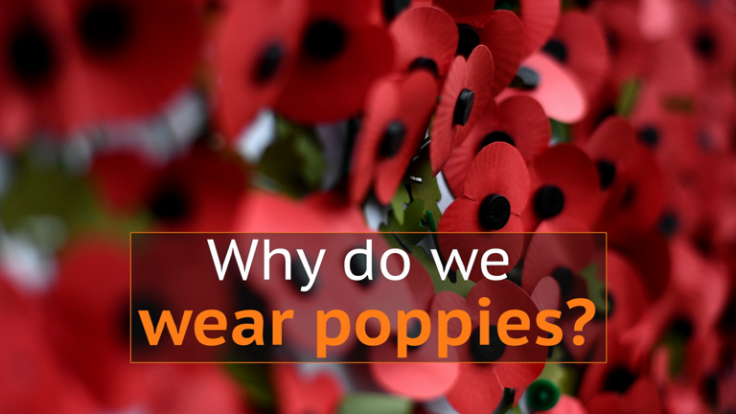When is Armistice Day and why do we observe it?
A two-minute silence will be observed across Britain to remember the nation's war dead.

Armistice Day is commemorated annually on 11 November to mark the date when the guns fell silent along the Western Front of the First World War. A ceasefire took place on the "eleventh hour of the eleventh day of the eleventh month" of 1918, bringing an end to the First World War.
Armistice Day marks the armistice signed between the Allies and Germany at Compiègne, France. While the date marks the ceasefire on the Western Front, hostilities continued in other regions, in particular, across the former Russian Empire and in parts of the old Ottoman Empire.
In 1919, King George V announced four days before the event that Britain would observe a two-minute silence at 11am on 11 November.
The date was declared a national holiday in many allied nations, to commemorate members of the armed forces who were killed during war.
One exception is Italy, where the end of the war is commemorated on 4 November, the day of the Armistice of Villa Giusti. Armistice Day is not observed in the Netherlands, Denmark and Norway, as the nations remained neutral.
Remembrance Sunday is observed on the second Sunday in November – on the Sunday closest to Armistice Day. Between 1919 and 1945, Armistice Day commemorations were always held on 11 November.
After 1945, it was moved to Remembrance Sunday, but memorials are now held on both Armistice Day and Remembrance Sunday.
More than 30 nations declared war between 1914 and 1918. The majority of countries joined the Allied side, including Britain, Italy, France, Russia and the US, and were opposed by Germany, Austria-Hungary, Bulgaria and the Ottoman Empire – who formed the Central Powers. The cost of the war ruined the economies of both the victorious Allied side and the Central Powers.
An estimated 16 million soldiers and civilians were killed during the First World War, with many more left physically and mentally wounded. The effects of the war were far-reaching in terms of the global social and political landscape, as it led to the collapse of the Russian, Austro-Hungarian and Ottoman Empires, and led to vast changes in attitudes to class and gender.
Why is the poppy a symbol of remembrance?
The Remembrance poppy is worn every November to commemorate members of the armed forces who have died in war. It has been a symbol of Armistice Day and Remembrance Sunday since the First World War.
In 1915, the sight of red poppies growing in a field inspired Lieutenant Colonel John McCrae to write the poem In Flanders Fields. His poem motivated an American academic, Moina Michael, to make and sell poppies which were brought to England.
The Royal British Legion, which was founded in 1921, sold millions of the poppies in the first Poppy Appeal in November that year, raising more than £100,000. The funds were used to support veterans of the First World War with employment and housing.
During the Poppy Appeal 2016, 45 million poppies will be distributed with the aim of raising £43m ($53m), according to Royal British Legion.
© Copyright IBTimes 2025. All rights reserved.





















